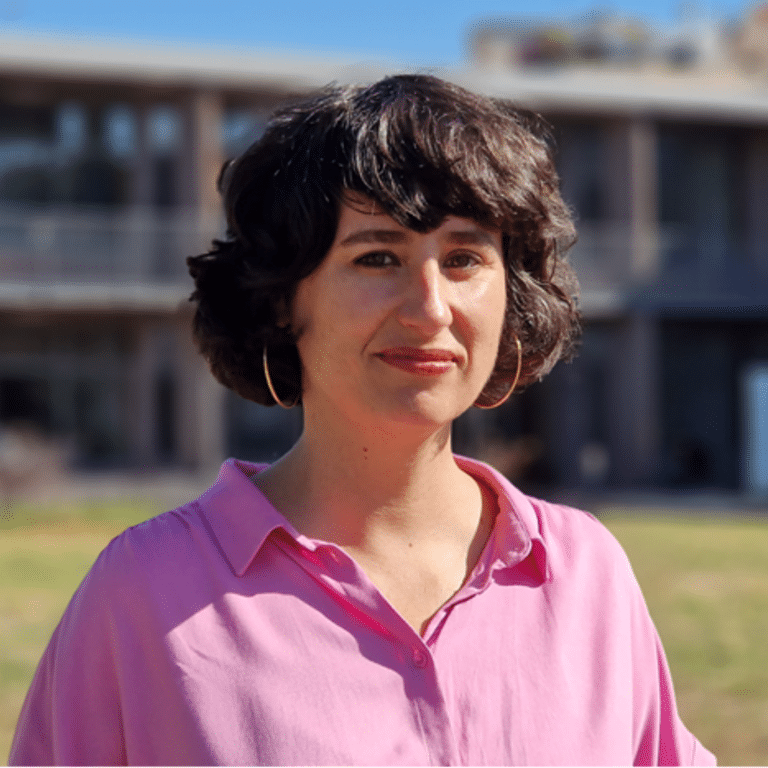
Credit: Andonian Timothée / Iméra
Kate Watkins
Research project
Time to Speak: investigating speech movement timing in people who stutter
Summary of the research project
Developmental stuttering affects the fluency of speech and is characterized by repetitions or prolongations of sounds and frequent hesitations or pauses. People who stutter have been described throughout history, in all languages and cultures. Stuttering is estimated to affect at least 1% of the adult population and 5% of children. The difficulty in communication experienced by many people who stutter can limit academic achievement and hinder employment, resulting in negative socioeconomic consequences for some individuals.
A striking feature of stuttering is that complete fluency can be achieved immediately though temporarily by changing the way a person perceives his or her own speech. For example, masking speech production with noise (or loud music as portrayed in the movie The King’s Speech) can temporarily eliminate stuttering. Delaying auditory feedback of speech, altering its pitch, singing, speaking in unison with another speaker, or speaking in time with a metronome are all similarly effective in enhancing fluency. That altering sensory feedback in all these ways ameliorates stuttering leads us to suggest that the core deficit in developmental stuttering relates to difficulty in integrating sensory and motor information in the speech system. The deficit could occur either in motor-to-sensory forward modelling, which predicts the sensory consequences of an individual’s movements, or in sensory-to-motor inverse modelling, which updates the internal model to account for errors. The fact that complete fluency can be immediately induced in people who stutter by providing an external cue for speech onset suggests that a specific impairment in the internal timing of speech movements. In ’choral speech’, external timing cues are provided by another speaker reading or reciting the same text, and in ’metronome-timed speech’ a metronome is effective to increase speech fluency during conversation or spontaneous speaking, the so-called rhythm effect. Patients with Parkinson’s disease show similar benefits for initiation of movements from external cues that can be auditory (marching rhythms) or visual (stripes on the floor, or stairs). Understanding the relationship between generating internal cues to initiate speech and sensorimotor integration will be an important advance in our theoretical knowledge of stuttering and speech motor control more generally.
The project proposed will investigate how internal timing of speech movements can be measured using magnetoencephalography (MEG). It will benefit from local expertise in Aix-Marseille University at the Institute of Language, Communication and Brain in using MEG to study speech and in the study of the neural basis of speech and language more generally. Given that speech production is a fundamentally temporal phenomenon, a high temporal imaging method like MEG is an appropriate technique to investigate temporal dynamics of the brain signal. MEG has the advantage over MRI of being a silent imaging modality, which is also useful for studies of speech perception and production. MEG is particularly well-suited to research in stuttering as speech is not masked by noise and there is no rhythmic cuing, both of which (as noted above) can temporarily enhance fluency. Motor preparation and planning critically rely on accurate timing of movements to be executed. MEG provides precise timing information of brain activity, so will be critical in understanding the timing deficits in stuttering.
The purpose of the project will be to develop a novel paradigm that could be used in future studies to investigate movement preparation in people who stutter. The aims are to: (i) investigate speech movement planning and initiation in developmental stuttering; (ii) provide a detailed examination of the spatiotemporal characteristics of sensorimotor interactions during speech production in speakers who are typically fluent and those who stutter.
Biography
Kate Watkins trained in neuropsychology at the Institute of Child Health and Great Ormond Street Hospital for Children in London. Her doctoral research used neuropsychology and structural image analysis to study the KE family, the affected members of which have a mutation in the gene FOXP2 and a severe motor speech disorder. Her post-doctoral training was at the Montreal Neurological Institute, where she used TMS to study the role of the motor cortex in speech perception. She has been in Oxford at the FMRIB Centre since 2003 and was appointed as a University Lecturer in Experimental Psychology in 2006.



